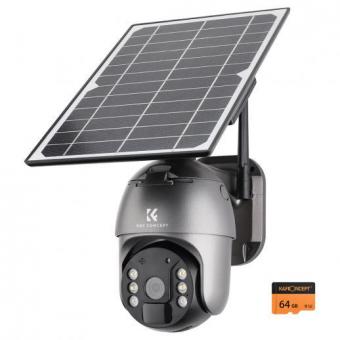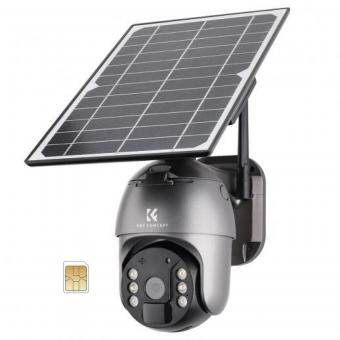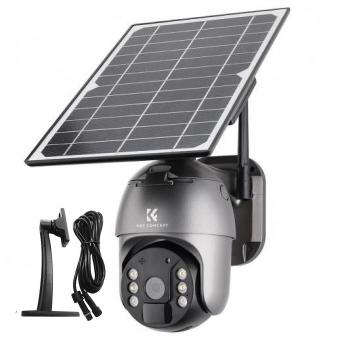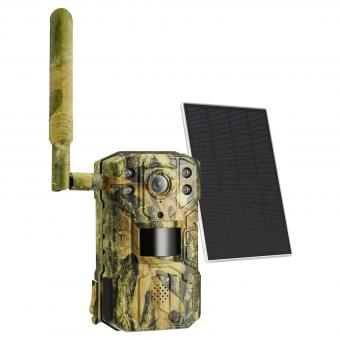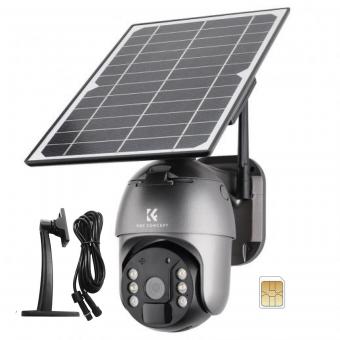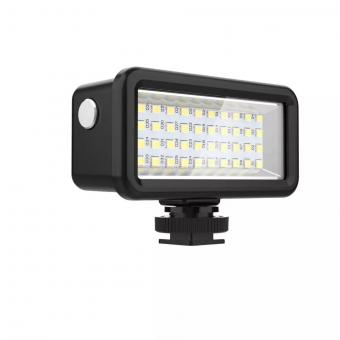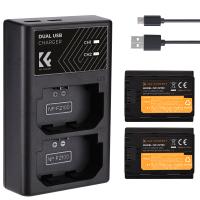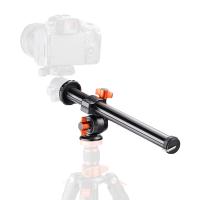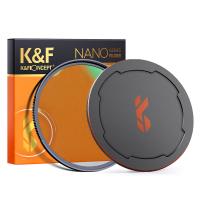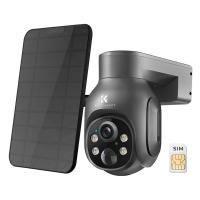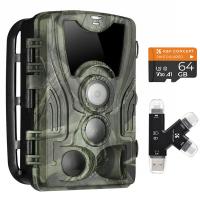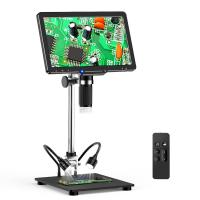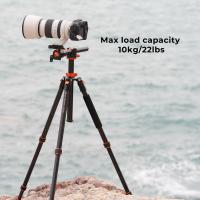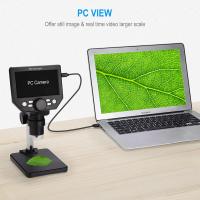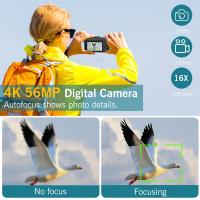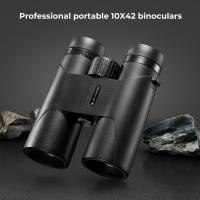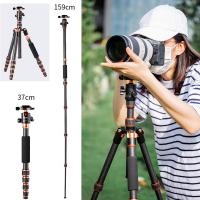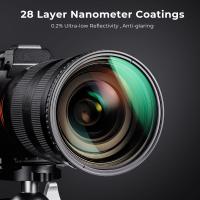How Much Data Does A 4g Camera Use ?
The amount of data used by a 4G camera depends on various factors such as the resolution of the camera, the length of the recording, and the frequency of the recordings. Generally, a 4G camera can use anywhere from a few megabytes to several gigabytes of data per day, depending on the settings and usage. For example, a 1080p camera recording for 24 hours can use around 10-15 GB of data, while a lower resolution camera recording for the same duration may use only a few GBs. It is important to note that data usage can also vary depending on the network coverage and signal strength in the area where the camera is being used.
1、 Data usage of a 4G camera:
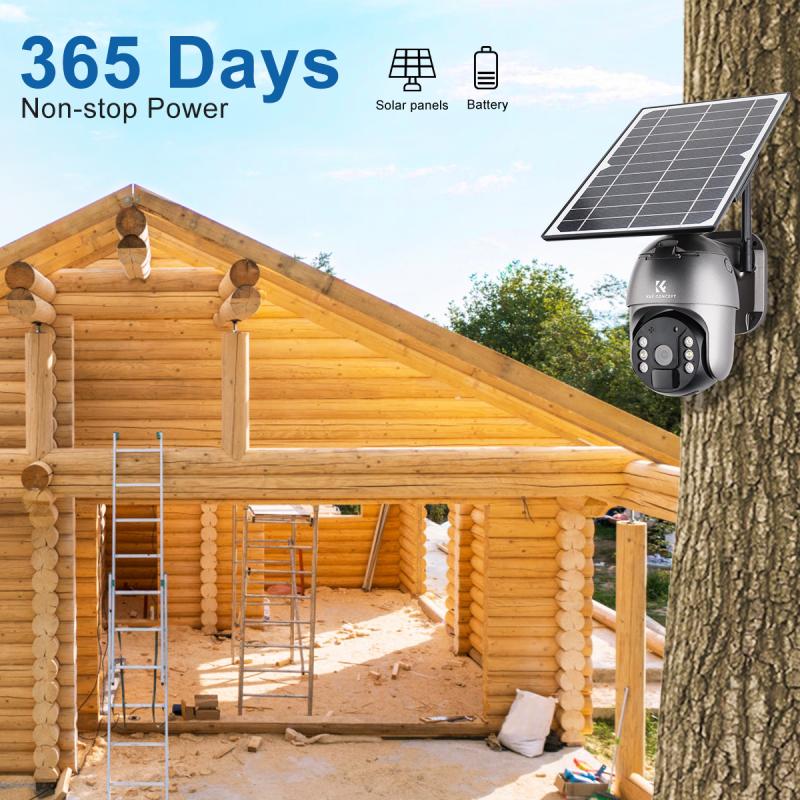
The amount of data used by a 4G camera depends on several factors, including the resolution of the camera, the length of the recording, and the frequency of the recordings. Generally, a 4G camera can use anywhere from 50MB to 500MB of data per hour of recording, depending on the quality of the video and the frequency of the recordings.
It is important to note that the data usage of a 4G camera can vary depending on the network provider and the location of the camera. In areas with poor network coverage, the camera may use more data to maintain a stable connection, while in areas with strong network coverage, the camera may use less data.
The latest point of view on data usage of 4G cameras is that it is becoming more efficient with the advancement of technology. Many 4G cameras now use compression algorithms to reduce the amount of data used without compromising the quality of the video. Additionally, some cameras have motion detection sensors that only record when there is movement, further reducing the amount of data used.
In conclusion, the data usage of a 4G camera can vary depending on several factors, but generally, it can use anywhere from 50MB to 500MB of data per hour of recording. However, with the advancement of technology, 4G cameras are becoming more efficient and using less data without compromising the quality of the video.
2、 Resolution and frame rate affect data usage
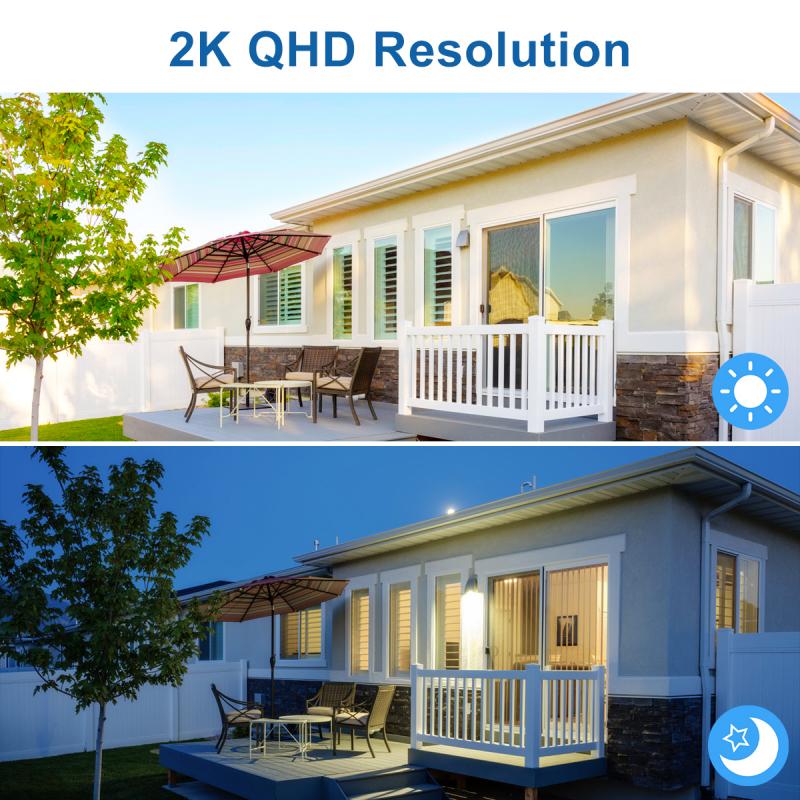
How much data a 4G camera uses depends on several factors, including the resolution and frame rate of the camera. Higher resolution and frame rates will result in more data usage. For example, a 1080p camera recording at 30 frames per second will use more data than a 720p camera recording at 15 frames per second.
The latest point of view is that 4G cameras are becoming more efficient in their data usage. This is due to advancements in compression technology, which allows for higher quality video to be transmitted using less data. Additionally, some cameras have the ability to adjust their resolution and frame rate based on the available network bandwidth, further reducing data usage.
It's important to note that data usage can also vary depending on the length of the recording and the frequency of recordings. Cameras that are constantly recording and transmitting footage will use more data than cameras that only record when motion is detected.
Overall, it's difficult to give a specific answer to how much data a 4G camera uses without knowing the specific camera model and settings. However, it's safe to say that resolution and frame rate will have a significant impact on data usage, and advancements in compression technology are making 4G cameras more efficient in their data usage.
3、 Compression technology can reduce data consumption
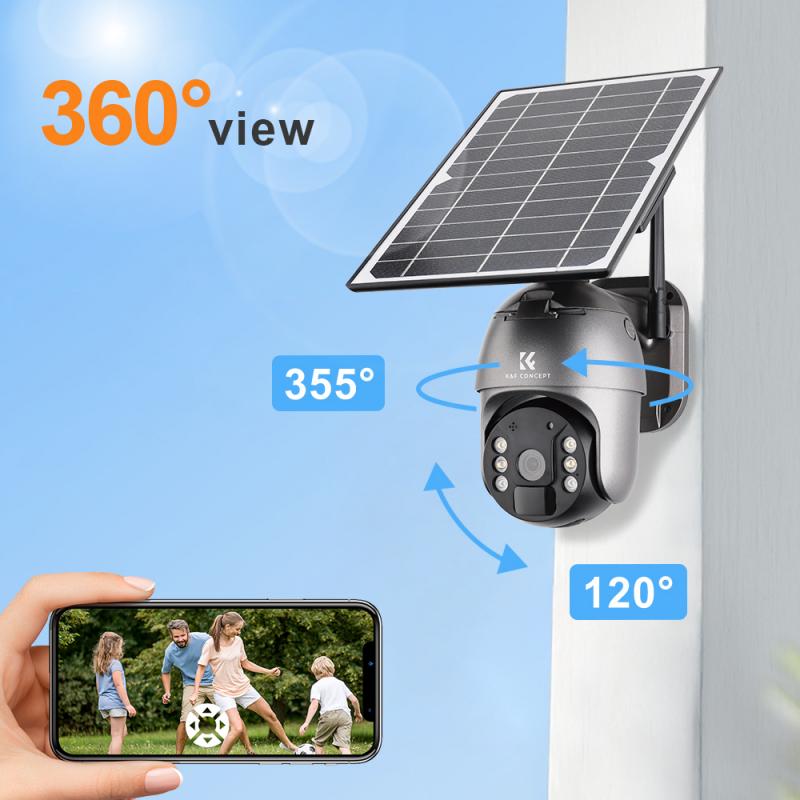
How much data does a 4G camera use? The answer to this question depends on several factors, such as the resolution of the camera, the frame rate, and the compression technology used. Generally, a 4G camera can use anywhere from a few hundred megabytes to several gigabytes of data per day, depending on the settings and usage.
However, it is important to note that compression technology can significantly reduce data consumption. Compression technology works by reducing the size of the video file without compromising the quality of the image. This means that even if a camera is set to record high-resolution video at a high frame rate, compression technology can help reduce the amount of data used.
The latest point of view on this topic is that compression technology is becoming increasingly important as more and more devices are connected to the internet. With the rise of the Internet of Things (IoT), there is a growing need for devices to be able to transmit data efficiently and effectively. Compression technology can help achieve this goal by reducing the amount of data that needs to be transmitted.
In conclusion, while a 4G camera can use a significant amount of data, compression technology can help reduce data consumption. As technology continues to evolve, it is likely that compression technology will become even more important in helping devices transmit data efficiently and effectively.
4、 Live streaming uses more data than recorded footage
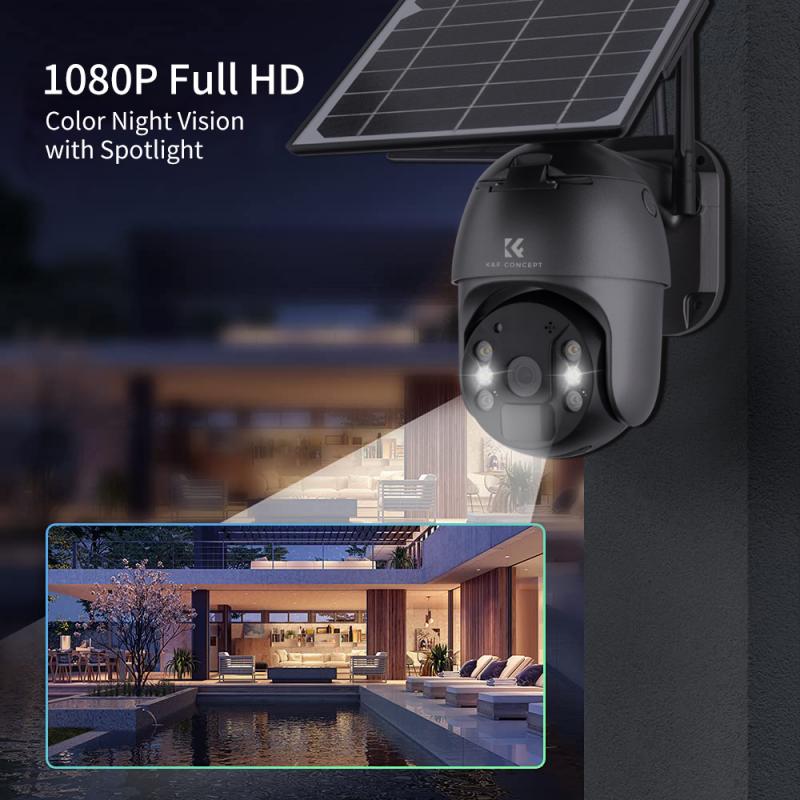
A 4G camera is a wireless camera that uses a cellular network to transmit data. The amount of data used by a 4G camera depends on several factors, including the resolution of the camera, the frame rate, and the compression used. Generally, a 4G camera can use anywhere from a few megabytes to several gigabytes of data per hour.
Live streaming uses more data than recorded footage because it requires a constant data stream to transmit the video in real-time. The amount of data used by live streaming depends on the resolution of the video, the frame rate, and the length of the stream. For example, a 1080p video stream at 30 frames per second can use up to 1.5GB of data per hour.
However, it's important to note that the latest point of view is that the amount of data used by a 4G camera is becoming less of a concern due to advancements in technology. Many 4G cameras now use compression algorithms that reduce the amount of data needed to transmit high-quality video. Additionally, some cameras have built-in storage that allows them to record footage locally, reducing the need for constant data transmission.
In conclusion, the amount of data used by a 4G camera depends on several factors, and live streaming generally uses more data than recorded footage. However, advancements in technology are making data usage less of a concern for 4G cameras.


